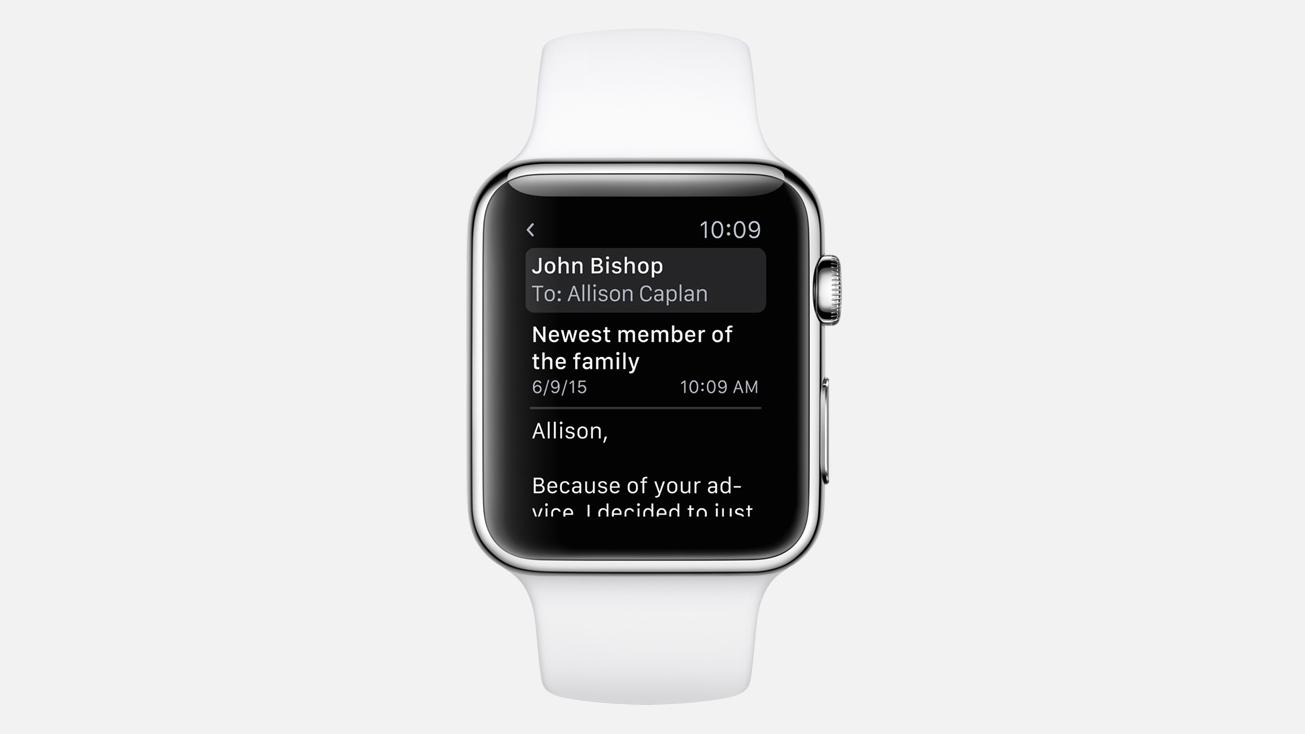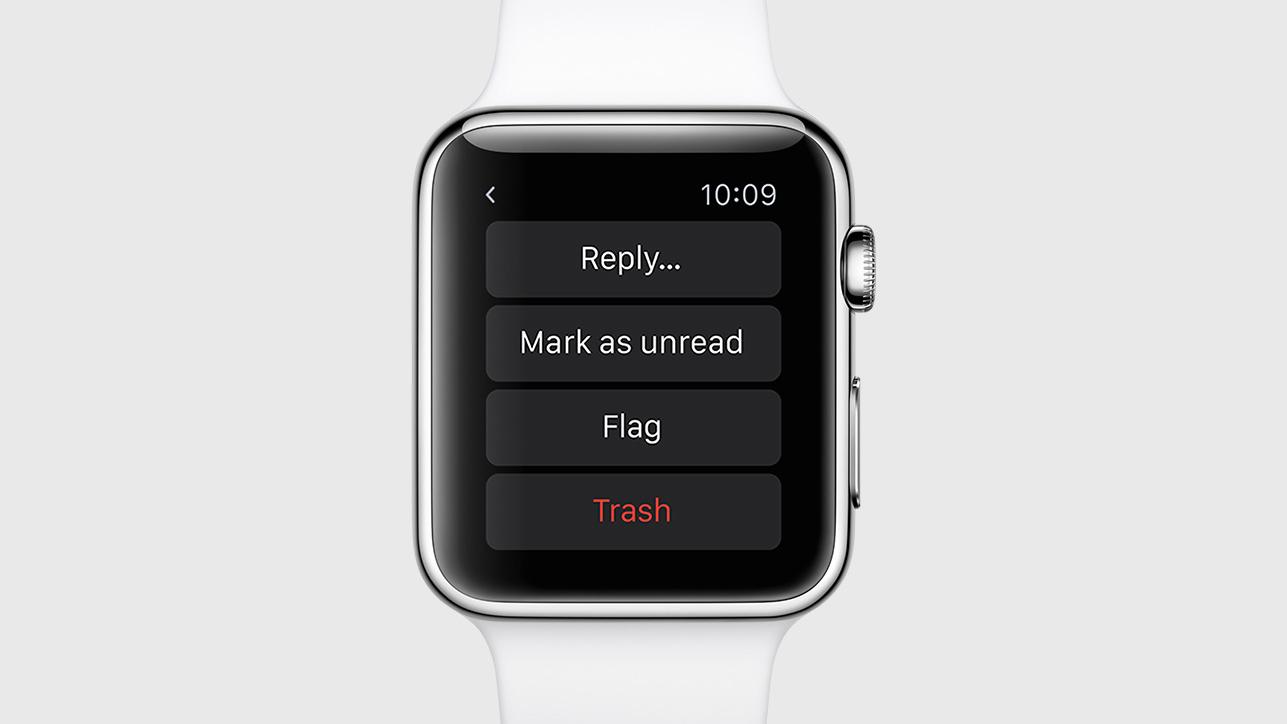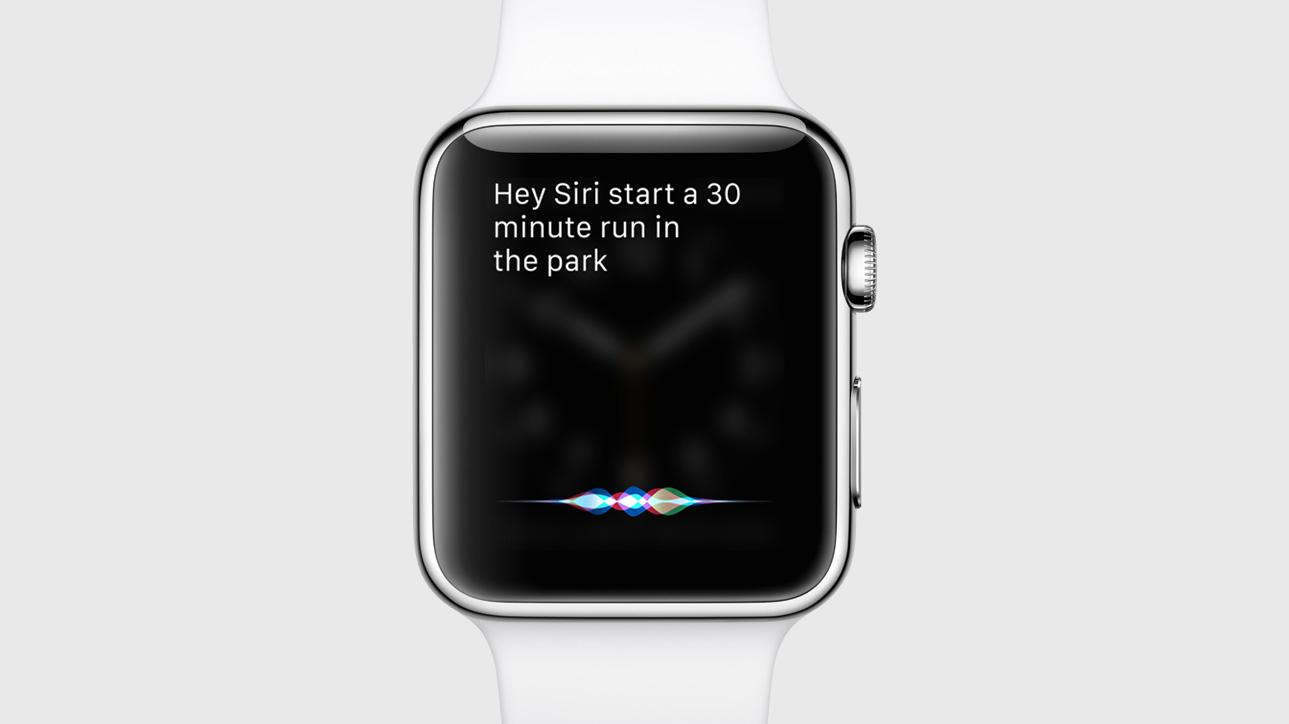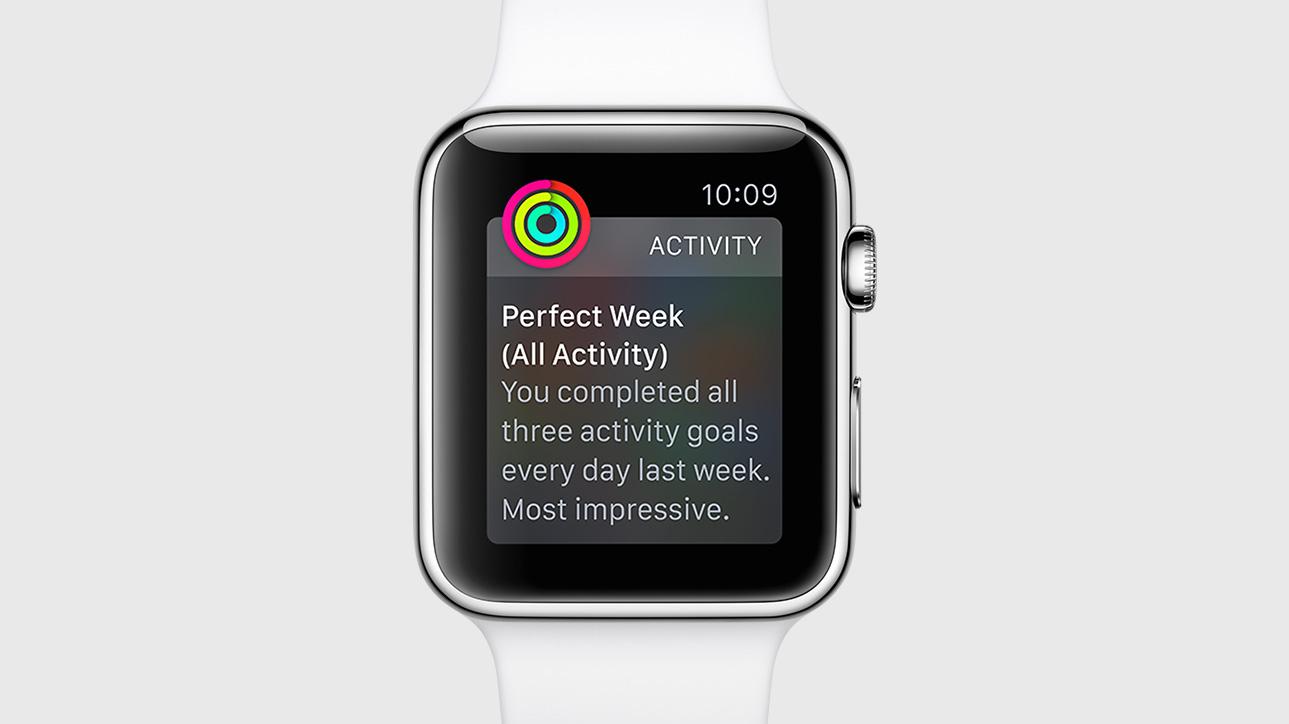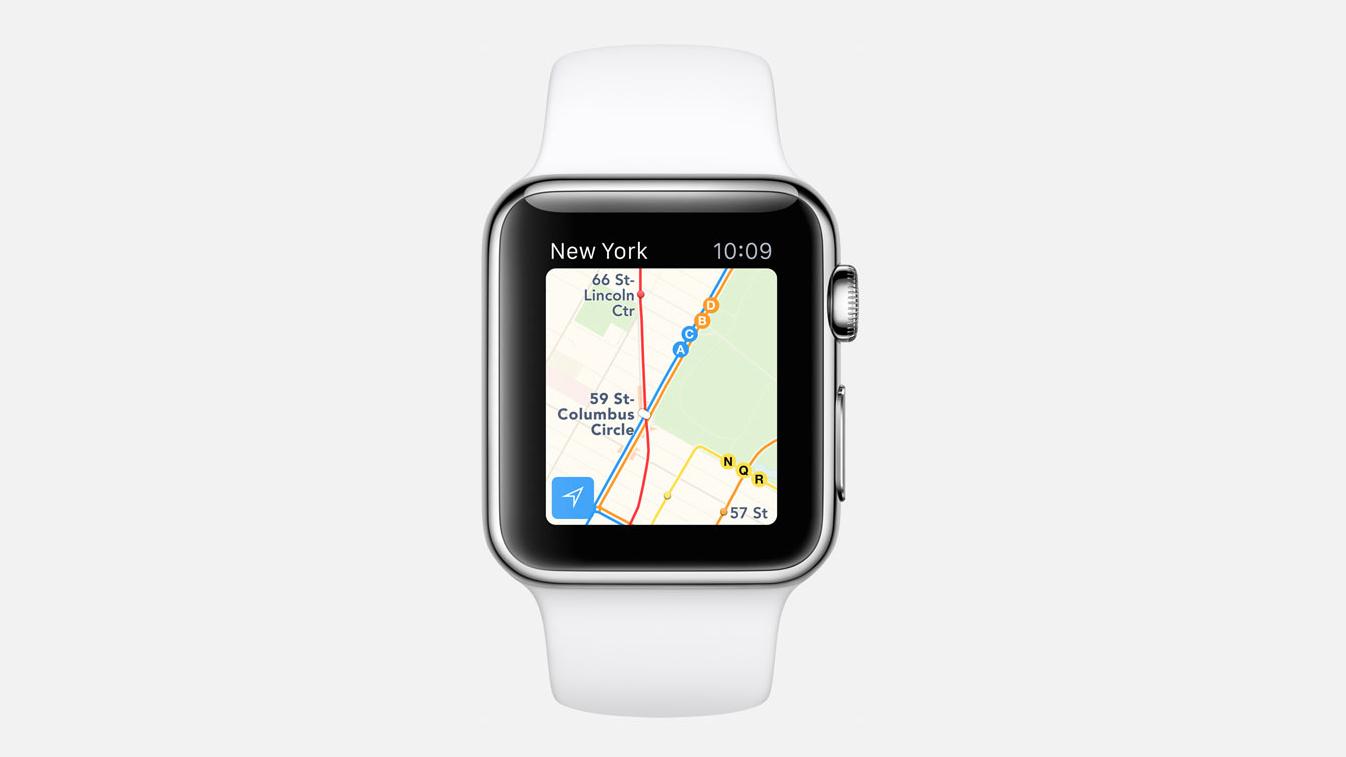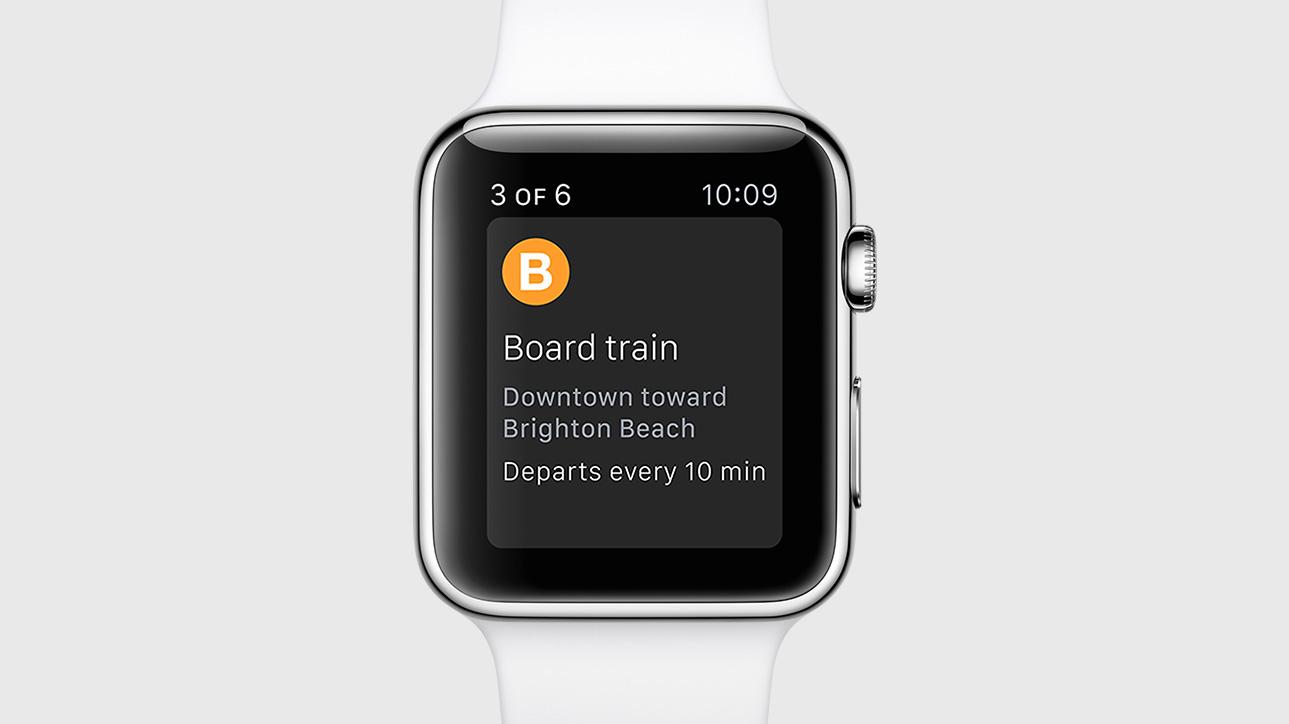
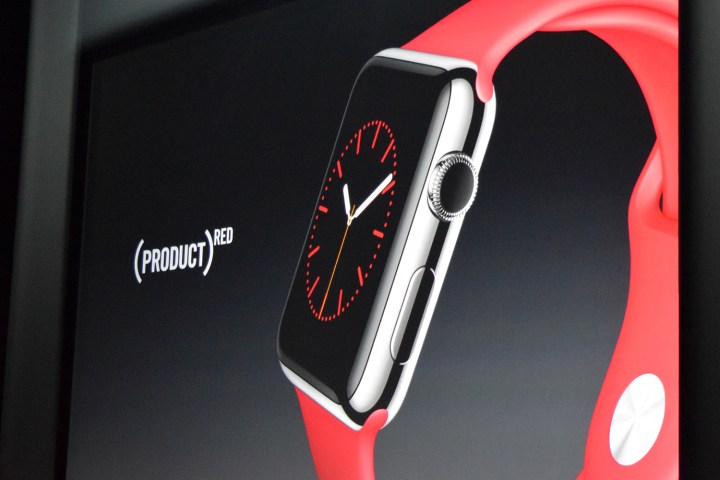
Updated on 09-22-2015 by Andy Boxall: Added in news of WatchOS 2’s release.
Apple released WatchOS 2 on September 21, having presumably fixed the problematic bug which delayed the original launch. Getting the update is easy. Open the Apple Watch app on your iPhone and go to General, Software Update, wait for it to check the servers, then hit the update button.
Your Apple Watch will need to be connected to your phone, and on its charger with at least 50-percent battery before the update can be applied. The WatchOS 2 file is large at 515MB, and took several hours to download and install on our test Watch, but now the initial rush has passed, it should be significantly quicker. However, the installation on the Watch itself is also slow, so ensure you’re not pressed for time before starting the update.
Once it’s done, you can enjoy all the new features below.
Native apps come to the Apple Watch
The revamped operating system introduces a score of improvements for third-party developers, most notably native support. Native support will let future Watch applications tap into the wearable’s hardware directly, rather than relying on a paired iPhone for processing, which will improve responsiveness. But performance isn’t the only benefit native development confers — developers are gaining access to the Watch’s bevy of sensors, including the microphone, speaker, Bluetooth radio, Taptic Engine, and digital crown. Access to these features will allow developers to vastly improve the way their apps work on the Watch.

Tim Cook announced that native apps for Facebook Messenger and GoPro are coming soon. Cook noted that the Apple Watch is the perfect device to control and monitor GoPro cameras on the fly.
Another very cool app called Airstrip will likely change the game for the medical field. Airstrip allows doctors to lookup patient information easily by using the Time Travel feature. Doctors can also communicate directly to patients. For example, it was demonstrated how a doctor could instruct a pregnant patient to monitor her heart rate, as well as her baby’s. The doctor will be able to see the results as they happen on his Apple Watch. The Mother’s contractions could also be monitored during child birth.
Apple’s opening up its software platforms, too. Apps built with the watchOS 2 development tools can leverage HomeKit for automation and commands, and HealthKit for wellness data.
New watch faces, Time Travel, and nightstand mode
First up are new timepieces that provide, in the words of Apple’s Kevin Lynch, “a great way of seeing photos throughout the day.” The first option displays a static picture from your library. The second, album view, surfaces a new image from a collection each time your Watch wakes from sleep. Apple’s third new watch face is a timelapse scene filmed of famous landmarks in major cities. One of the faces showed Big Ben in London, as the day progress from full sun to sunset and eventually, night.
Watch faces remain a first-party affair for now, but Apple’s opening some elements of timepieces to developers. Complications, the informative little widgets that fill the space around modular faces, are now customizable. The sky’s pretty much the limit on those — Lynch demonstrated complications that show flight departure time, the state of your home control system, the charge level of your electric car, and sport scores.

However, since complications show only the timeliest of data, Apple’s introducing what it calls Time Travel, a feature that shows you things like upcoming events, meetings, and the weather forecast. Rotating the digital crown scrolls through a timeline of future information, not unlike the Pebble Time’s interface.
Included in the Time Travel view are presumably any alarms you set as part of Nightstand Mode, a new way to use your dormant Watch while it’s charging. When enabled, Nightstand Mode displays the time in a slimmed-down interface, and you can set aforementioned alarms to wake you up (the crown becomes a snooze button).
Improved messaging, fitness, and transit
For those who wake up to a deluge of messages in the morning, watchOS 2’s improved communication tools will no doubt be welcome. You can dictate email replies with Siri, and contacts are getting better — there’s a a big “plus” button for adding friends from the Watch itself. And, if you’re feeling artistic, you can send drawings to those favorite contacts in multiple colors.
Fitness is arguably one of the Watch’s selling points, so its only appropriate it’s getting beefed up in several ways. Activity-tracking apps can now run natively on the Watch, and new Siri commands tap into installed software to intelligently start workouts. You can say, “go for a five mile run,” for example, or “go for a 300 calorie bike ride,” and Siri will kick off your workout.
The new activity features go hand-in-hand with Transit, Apple’s revamped public transportation tool for Maps. If you’re on a run or cycling session, you can see details like departure times and step by step directions of transit lines on your wrist.
Apple Pay and Activation Lock
The new and improved Apple Pay, which supports rewards cards and more will also arrive on the new version of watchOS. Additionally, watchOS 2 includes the security feature Activation Lock, which requires your iCloud Apple ID and password to activate the Watch. that way, no one can steal your Watch, reset it as a new device, and get away with the crime. You’ll be able to lock your Watch if it’s lost or stolen.
Previous updates:
Updated on 09-16-2015 by Malarie Gokey: Added in news of a bug that has resulted in a delayed launch for watchOS 2 on the Apple Watch.
Updated on 09-09-2015 by Robert Nazarian: Added in release date information on watch OS 2, along with demonstrated native apps at the Apple Event.
